Assessing nude photography throughout the history of photography, one discovers its significance within the genre as being purely scientific and educational, for sexual education or physiology studies. The exhibition or publication, and even the act of taking photos of the nude, was controversial in history as it presumed the photographer had questionable intentions, or socialised with ‘the lesser’ in society, that is prostitutes. In modern times, we have overcome this boundary and use nudes and semi-nudes in commercial photography, advertising, entertainment and fine art.
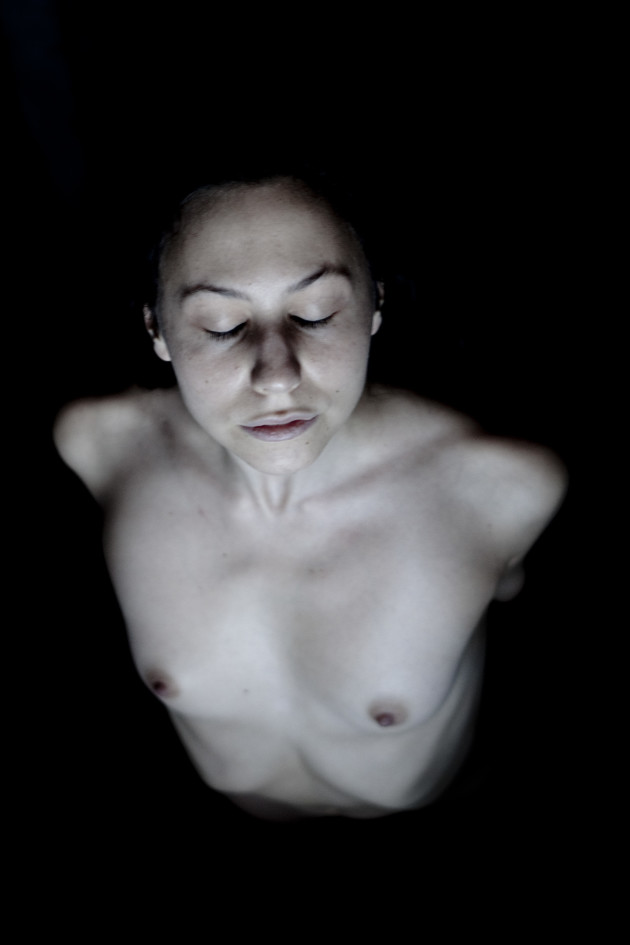
Photography offers numerous shades, from the real to the unreal. In digital photography, but also in the darkroom, it is possible to manipulate reality and play with aesthetics. The intention of a photographer can be to shock and challenge the viewer, or to simply live and express their own psychological state and relationship to their sexuality. Nude photography celebrates the beauty of the human body. All of this has a place in the art world if executed in a skilful way by an aspiring or established artist.

In the context of nude photography, it comes down to the relevance of why your model is nude, and whether you can come up with an answer that relates to your shoot idea. There is a place for voyeurism and pornography by simply showing sexually-loaded images for the lustful eye of the viewer or, these days, for ‘self promotion’ online, but this should be away from the public eye and a private matter.
Personal boundaries, shame, religion and upbringing can influence how a person feels about a nude photograph. The creator needs to have an intention, and this needs to be reflected within the photo to make clear the function and purpose of the image.
Getting started
A photo shoot with a nude model has to be prepared well as you will have to give all attention to the model on the day to make them feel at ease. If you are not experienced with working with nude models, it might make you feel a little nervous and that can impact the model. Preparation is crucial and will give you the confidence on set that you need to get the result you are after.
Inspiration
Creating a mood board can particularly helpful on the day of the shoot as you can show it to the model and talk through your ideas. The look can be a beauty shot influenced by fashion legends like Helmut Newton. Alternatively, abstract shapes similar to Andre Kertesz’ work may influence your approach. Other options to consider include posed or candid, close-ups or full body, studio or location, indoor or outdoor, environmental portrait or solely focusing on the model are choices you should make well in advance, as well as compiling a shot list that you can work through. The options are endless so grab your photography books and find some inspiration.
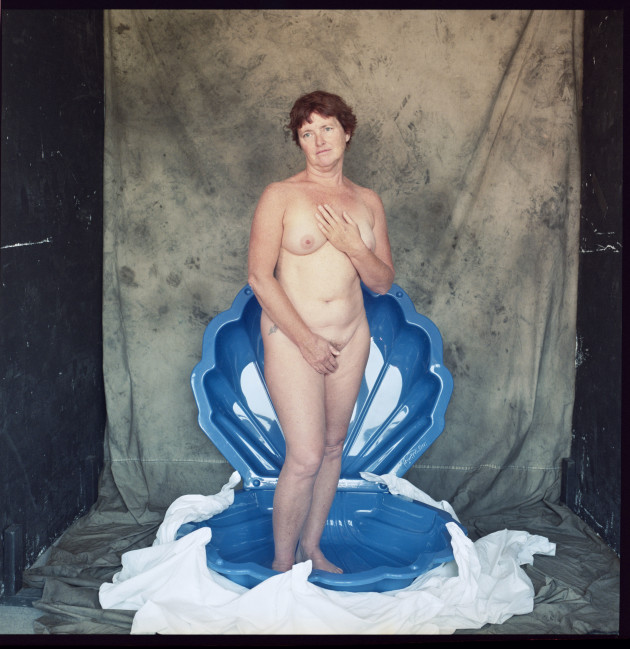
Lighting
Once you have decided on the look, you’ll want to consider lighting options. Work within your field of knowledge and experience. Don’t try and replicate a David LaChapelle lighting set up if you don’t have experience in studio lighting. Work with the experience level of your model, and don’t scare them away with a complicated flash scenario.
A good option is to do a test shoot. A mannequin or even a clothed stand-in model can help with that. At this point, you might also want to start thinking about whether you’ll be producing colour or black-and-white images. The latter will give you different options to push limits with contrast, while colour can be quite revealing and needs attention when it comes to skin tones and detail.
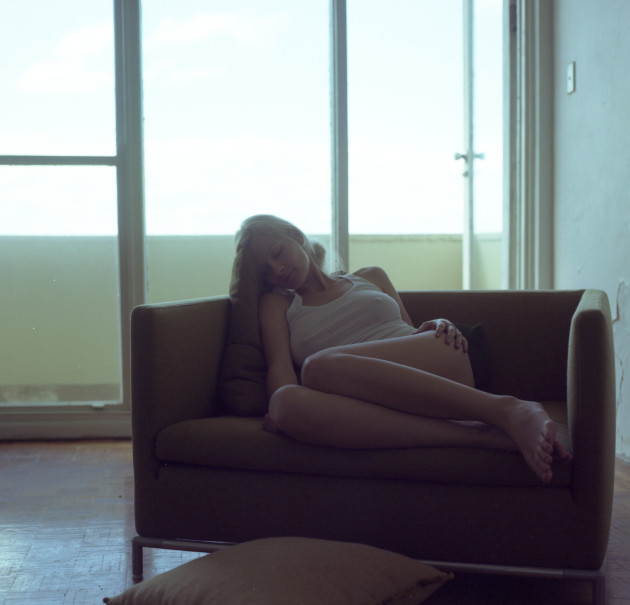
If your model is shown top to bottom, including their face, make sure your lighting complements not only their body shape but also the facial features. Keep in mind that natural light can be quite harsh and rich in contrast depending on how filtered it is. Make sure you know what you want to feature in your shot and sculpt the light and pose the model accordingly. Remember, in nude photography it can be interesting to give the viewer a hint of a detail rather than the full naked truth.
Keep it simple and just choose a single lighting set up and some poses, otherwise you may be rushed on set trying to run through too many poses. Also, leave time and room to go with the flow as you never know what might evolve naturally.

Finding your subject
Have you considered whether you want a male or female subject, and whether you’ll need a single or multiple models? Once you know what you want to create and how your work will look, it’s time to scout for a model. It is really important to have your concept and a mood board in place so you can communicate clearly with the participating person and they know exactly what they are in for.
So, where do you find someone who will pose naked? A good place to start might actually be your circle of friends. However, sometimes it’s easier to not have a personal connection to the model. If that’s the case, a model agency can put forward models and you can discuss your budget with them.
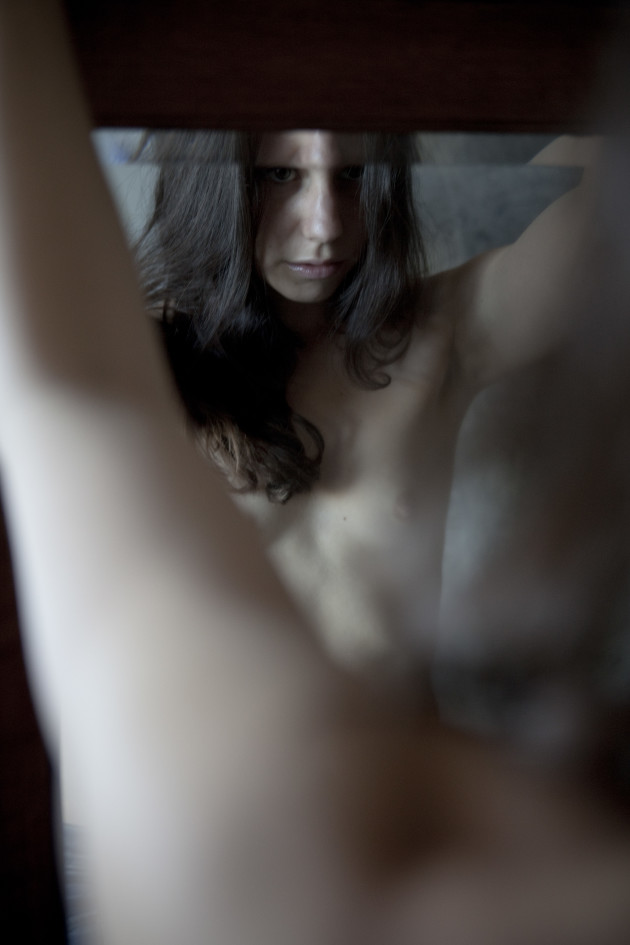
Covering yourself
A talent release form is an important document, and one that you should seek to have all subjects sign. As a minimum, you should have a mutual written agreement over the use of the images. Even if someone does you a favour by posing, without a written agreement, if they change their mind later on, it will hinder your ability to use the images.
Usage is definitely an important aspect to discuss and include in the Model Release form. Make it clear if you plan to use the images on your website, social media or any other marketing material that will be exposed to a large audience. Any third party use, including the sale of images for commercial purposes, needs to be discussed and clearly agreed to in writing.
In terms of etiquette, it is common courtesy to not ridicule or insult anyone with an image. Likewise, be careful publishing under-aged children in photos without clear consent of parents. This goes for publishing any images that contain nudity online. Make sure you have consent and think about your image as well.
If you have captured a candid documentary or street photography style image, let your common sense determine if you can use the image in a harmless way, or consult the Copyright Council of Australia if you are unsure.
Seven practical tips
1. Practise poses yourself in front of a mirror and have a mirror on set. This makes directing easier and it can help the model to get into poses and correct little nuances of body posture.
2. Explain to the model that some poses might feel over-exaggerated.
3. Hop in front of the camera. It can be a great way to experience a nude photo shoot from the opposite perspective. You will learn what you need from the photographer and what makes you feel comfortable and gets you ‘in the zone’ where you almost forget you are naked.
4. Ask your model to wear loose clothing to avoid clothing marks. They can slip into a robe before the shoot and again avoid creases by sitting or lying down so you don’t end up with lots of retouching work.
5. Hygiene is important. Make sure your set is clean.
6. Create a comfortable and private ambience. Keep the room temperature at a comfortable level and offer a sarong or robe in between setups. Make sure no strangers walk in and eliminate any other form of audience.
7. Communicate with your model. Have a laugh and keep it professional by explaining what you are doing, especially if you just have to look at the model to check lighting. Let them know that is what you are doing rather than creating an awkward silence and staring at them. Also, touching is not acceptable, unless permitted by the model. Keep it very professional and keep eye contact.
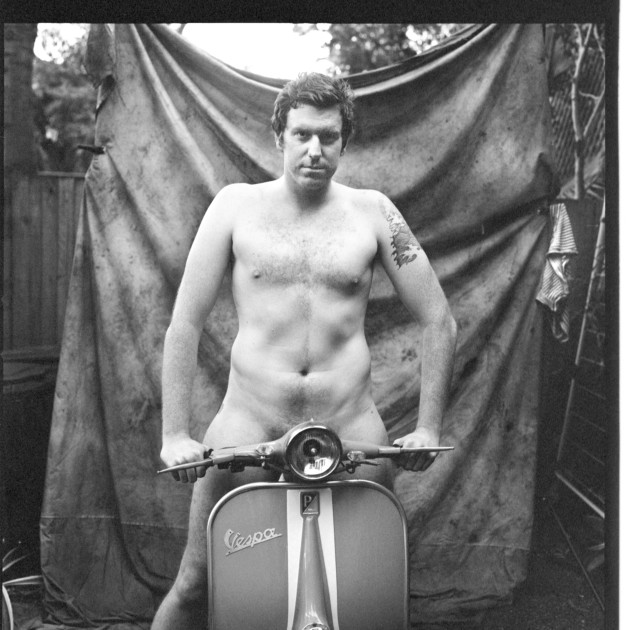
About the author
Fiona Wolf-Symeonides is a photographer and exhibiting artist based in Sydney. She also runs a mentoring program aimed at emerging photographers.
A people photographer in the broadest sense, her commercial work branches out into the corporate world, fashion photography, and photo documentaries, but mainly centres around a strong, editorial influence.
In her art practice, she finds her portrait sitters to be people with depth. Her bodies of work, Girls and Cars and her recent work, IDOL and Defect, centre around a female approach to beauty image portrayed by the media and gender stereotyping. Motherhood and gender equality are also topics of her ongoing work.
In 2010, Wolf-Symeonides was the winner of the Head On Portrait Prize, one of Australia’s most prestigious photography awards. She was a semi-finalist and finalist in 2011, 2012, 2013 and 2014. She has also been a finalist in the Olive Cotton Award amongst other industry awards such as the Manning Art Prize, Moran Prize and the National Portrait Prize.
As well as working as a freelance photographer and exhibiting her personal work regularly, Wolf-Symeonides has been tutoring at the Australian Centre for Photography since 2009 and Sydney Photographic Workshops since 2014. She also offers private tuition to photographers at all levels as well as curatorial advice, business coaching and portfolio development.









